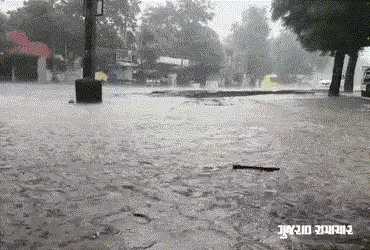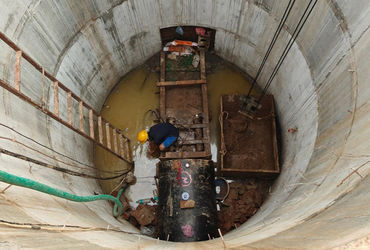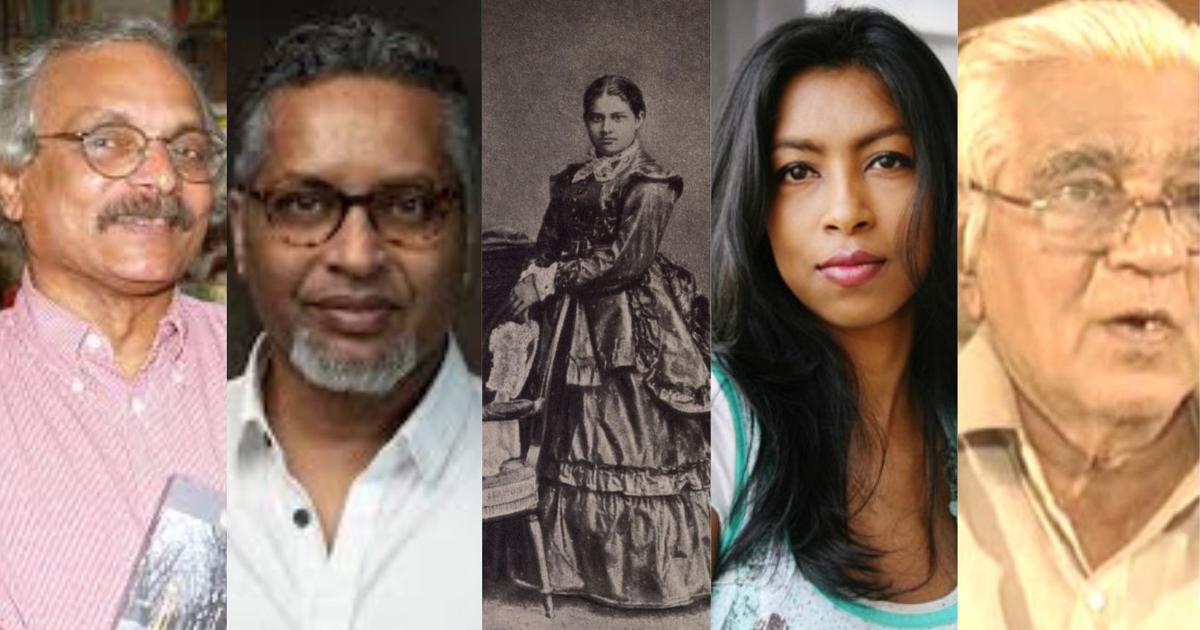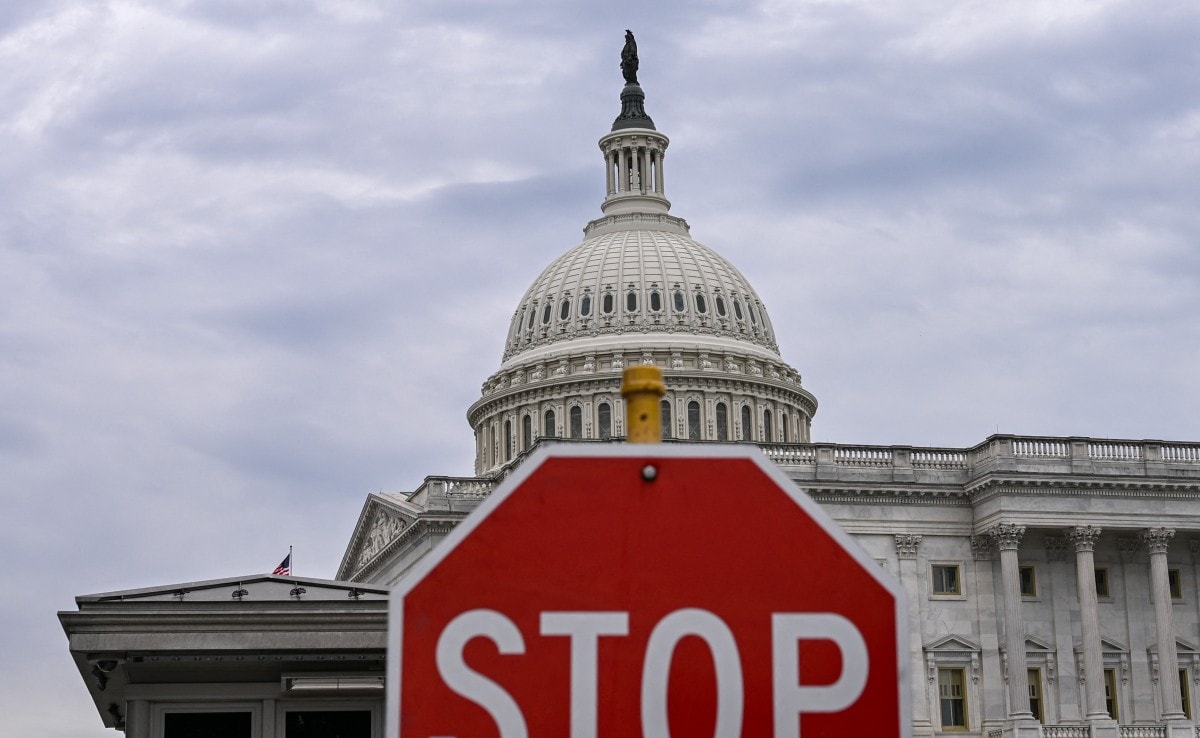Cloud seeding gives politicians mileage – but is scientifically dubious
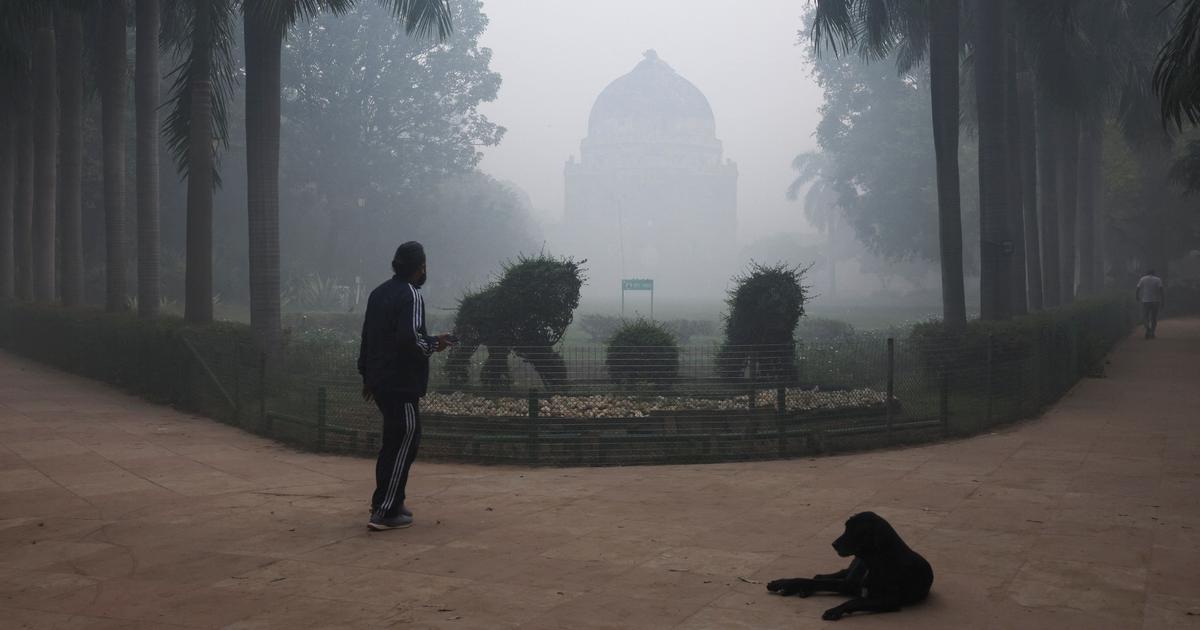
Join our WhatsApp Community to receive travel deals, free stays, and special offers!
- Join Now -
Join our WhatsApp Community to receive travel deals, free stays, and special offers!
- Join Now -

At the end of October, researchers from IIT Kanpur researchers made three attempts to use “cloud seeding” to produce artificial rain over New Delhi in an effort to wash down the city’s dangerously high rates of airborne pollution. The expensive initiative – for which the Delhi government had allocated Rs 3.21 crore – failed to produce any rain.
That isn’t surprising. Cloud seeding experiments around the world have barely produced any rain-on-demand. But it gives politicians get mileage.
Genesis of cloud seeding
Cloud seeding was pioneered in US in early 1940s to produce snow and rain for recreation and farming. A researcher at General Electric Ltd named Vincent Shaefer had realised that water vapor super cooled at -400C, if seeded by suitable agents like dry ice, could produce ice crystals that fall as rain. Cloud seeding requires a good mass of clouds with enough moisture.
On November 13, 1946, Shaefer did the first experiment of cloud seeding in northern part of New York State when he flew a small plane into a thick cloud cover and sprayed dry ice in it to “seed” the clouds.
After a couple of hours, rainfall was reported. However, later experiments were inconclusive and subsequently General Electric stopped these experiments.
Later on, research showed that better cloud seeding could be done by silver iodide crystals...
Read more
What's Your Reaction?
 Like
0
Like
0
 Dislike
0
Dislike
0
 Love
0
Love
0
 Funny
0
Funny
0
 Angry
0
Angry
0
 Sad
0
Sad
0
 Wow
0
Wow
0
